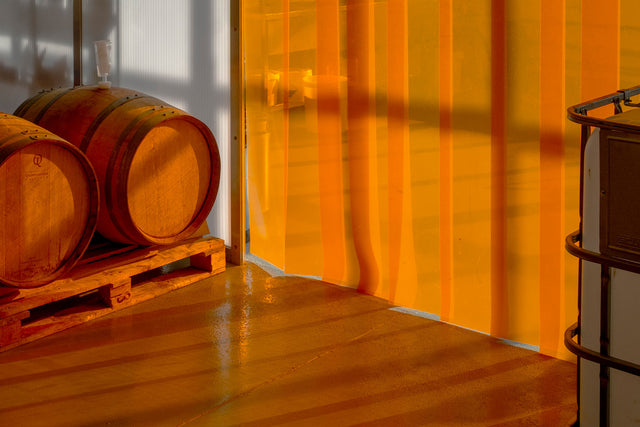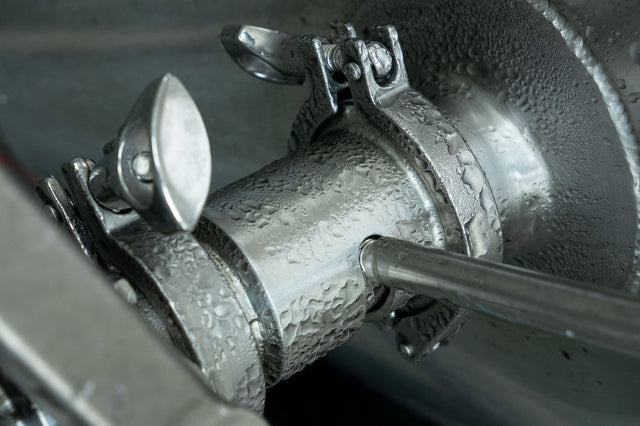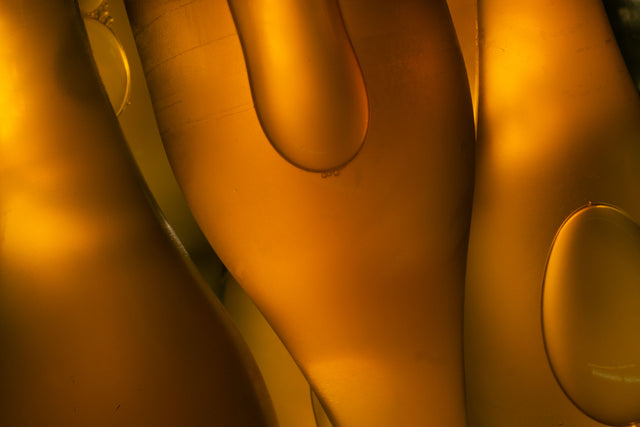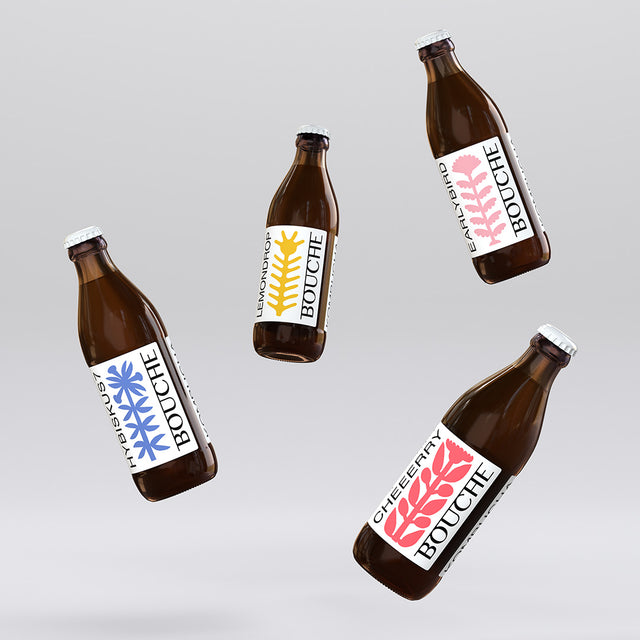TASTE • How We Like It
How to produce good kombucha by hand and which fine adjustments need to be taken into account during fermentation was a long development process, the initial phase of which was characterized by trial and error. We delved deeply into the subject and used a wide variety of tea variations and components as well as countless fermentation runs until we acquired the necessary knowledge and got to the point where we are today with the quality of our kombucha. We therefore find it very important to showcase our criteria that make a good kombucha.

Since BOUCHE was founded, our focus has been on taste: we want to create depth, complex structures, full body and freshness in our products. They should have an exciting mouthfeel that takes you on a taste journey. From the first contact in the mouth, which determines the formative impression, to the medium nuances that form the character of the kombucha, to the aromas in the finish, which ensure that the drink lingers on the palate. The development process of our flavor profiles is always based on these three phases. The quality of the ingredients used is equally important to us, which is why we always use organic products where available and sensible.
The most important step for us in the further development of our brewing processes was the cultivation of our own starter culture. This makes up the starting point of every fermentation as it triggers the fermentation process and defines the basic flavor structure of the kombucha. Unlike home brewing , we don't use Scoby ( Symbiotic Cultures of Bacteria and Yeast, also known colloquially as tea mushroom), but rather a starter culture that we built ourselves. We experimented for a long time with different yeast strains to develop the taste of the culture until it finally achieved the desired result. Thanks to the starter and the principle of closed fermentation, we can regulate the process much better overall.

The basic kombucha gets its superficial taste and distinctive aroma in the last step of the brewing process. We were looking for a way to expand the flavor of the fermented tea and developed our own way that was inspired by dry hopping in beer brewing. This process is similar to the principle of maceration, in which tannins, bitter substances and flavor are extracted. This method allows us to work without juices, syrups or concentrates - resulting in a final product that is less sweet than lemonade and far more varied in taste. We use a wide variety of ingredients, including various types of hops, bergamot, wood and, and sometimes fruits, whose soluble components (colors and tannins, flavors and essential oils) pass into the ferment, giving it aroma and complexity.






